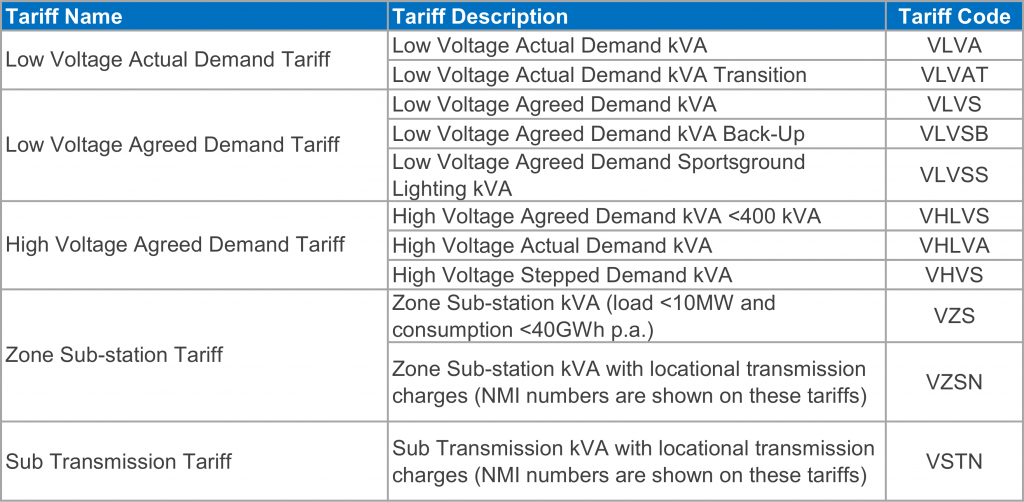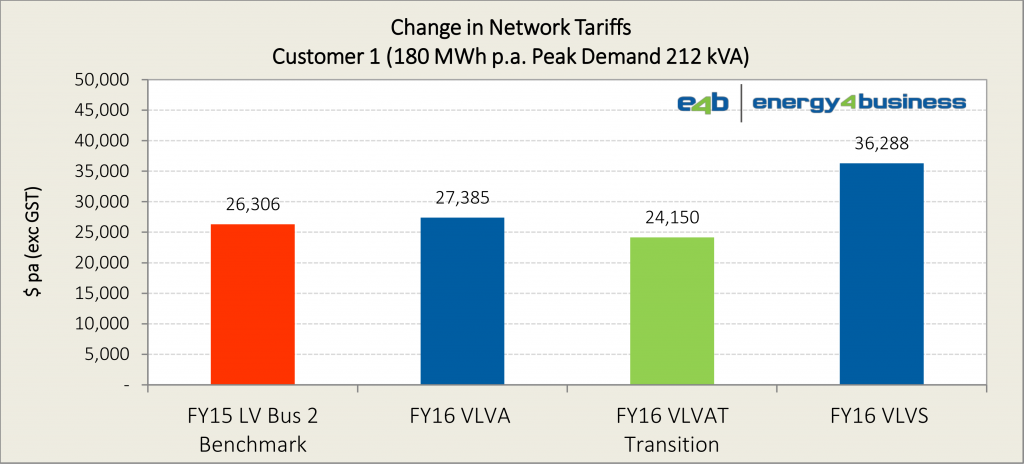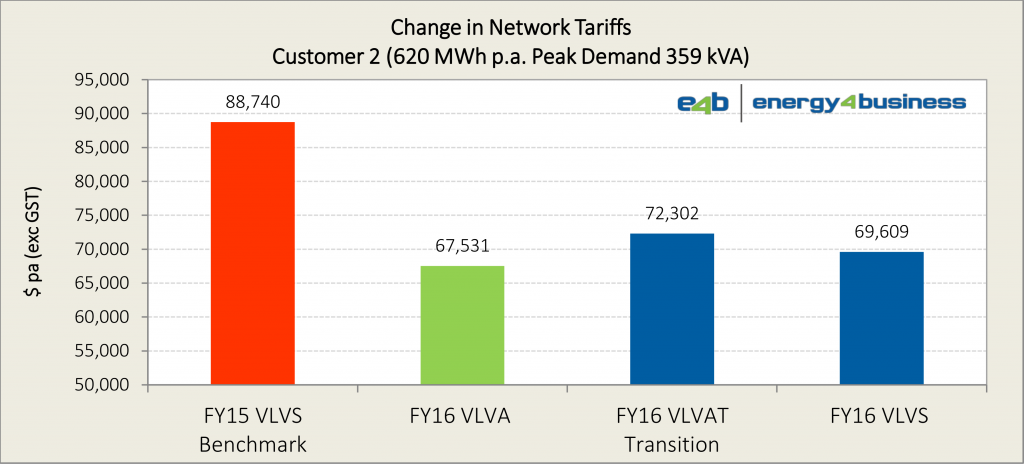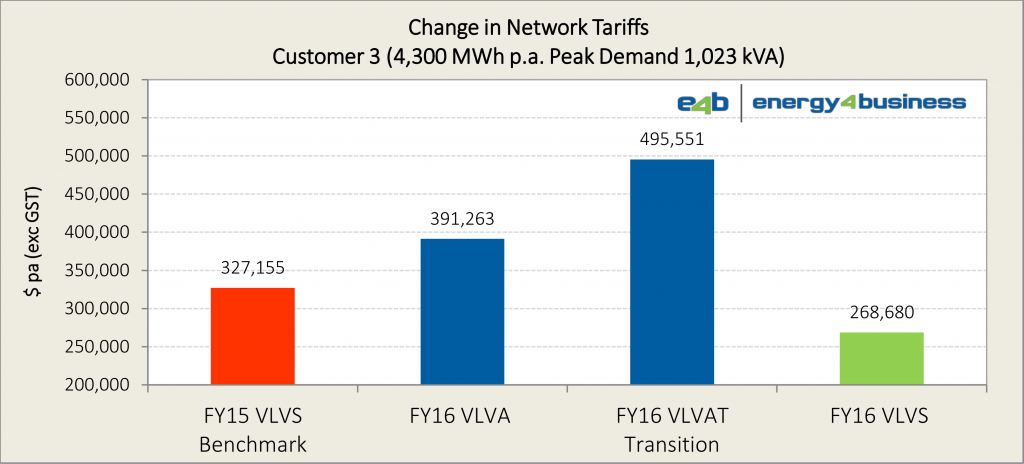SA Power Networks – Network Tariffs 2015-16
SA Power Networks – Network Tariffs 2015-16
The Australian Energy Regulator (AER) published SA Power Networks’ (SAPN’s) approved 2015-16 pricing proposal on 30 June 2015. This proposal contains the network tariffs that will apply in South Australia for the 2015-16 financial year. A copy of the full proposal can be viewed on the AER’s website here.
Small business customers in South Australia can expect some reductions in energy costs from July 2015, at least with respect to their regulated network charges. Using the example of a 10,000 kWh per year small business customer connection on a single rate network tariff, network savings of around 17% can be expected compared to 2014-15 rates. This should amount to a reduction on the total electricity bill of around 9% that is attributable to these reduced network charges.
More significant changes are in store for medium to large business electricity customers in South Australia from July 2015.
SAPN is continuing the process of reform that will ultimately have all customers on cost-reflective network tariffs. This is being achieved by transitioning customers from historic tariffs, some of which were based largely on energy usage (kWh), to network capacity utilisation or demand-based (kVA) tariffs.
There are a range of tariff types that apply to medium to large business, some levied on the basis of negotiated or “agreed” annual demand and others levied on the basis of actual peak and shoulder demand on a monthly (or billing period) and seasonal basis. SAPN has also introduced some transitional tariffs to accommodate customers who would otherwise be worse off by being transferred to one of the new demand-based tariffs.
From July 2015, large businesses (consuming at least 160,000 kWh per year) in South Australia should be on one of the following SAPN network tariff rates.
The following modelled examples serve to illustrate the difference in regulated network costs that may apply to customers during 2015-16 (FY2016) compared to the “benchmark” cost that they would have paid during FY2015 based on the same energy consumption and maximum demand characteristics.
Customer 1:
• Annual electricity consumption: 180,000 kWh
• Peak demand: 212 kVA
• FY2015 network tariff (benchmark): Low Voltage Business 2 Rate tariff (no longer available to customers >160 MWh p.a.)
• FY2015 benchmark network cost: $26,306
The lowest cost network tariff for Customer 1 in FY2016, based on their electricity usage pattern during FY2015 would be the Low Voltage Actual Demand kVA Transition tariff (VLVAT) which would represent a nominal saving of ~$2k or 8% in FY2016 compared to their FY2015 network charges. If Customer 1 had been switched to the Low Voltage Agreed Demand kVA tariff (VLVS) it would cost them ~$10k or 38% more in FY2016 than they paid in FY2015.
This Transition tariff is optimal for Customer 1 during FY2016. However, this should be continually reviewed, because while the transition to full cost-reflectivity will be maintained for 5 years, Customer 1 may benefit from a switch to the VLVA tariff prior to 2020 based on their usage patterns and regulated SAPN price changes to these tariffs.
Customer 2:
• Annual electricity consumption: 620,000 kWh
• Peak demand:359 kVA
• FY2015 network tariff (benchmark): Low Voltage Agreed Demand kVA tariff
• FY2015 benchmark network cost: $88,740
Customer 2 will benefit financially from a move to any of the new SAPN tariffs compared to what it paid in FY2015. Customer 2 will save ~$19k or 22% by remaining on the VLVS tariff. However, the lowest cost network tariff for Customer 2 would be the Low Voltage Actual Demand kVA tariff (VLVA) which would represent a nominal saving of ~$21k or 24% in FY2016 compared to their FY2015 network charges.
Customer 3:
• Annual electricity consumption: 4,300,000 kWh
• Peak demand: 1,023 kVA
• FY2015 network tariff (benchmark): Low Voltage Agreed Demand kVA tariff
• FY2015 benchmark network cost: $327,155
Customer 3 will benefit from remaining on the Low Voltage Agreed Demand kVA tariff in FY2016 by ~$58k or 18% compared to FY2015. A move to any of the actual demand tariffs will cost them money.
Customers who:
• are uncertain of the impact of the network tariff changes on their business; or
• would like to confirm that they are, or have been placed on the lowest cost network tariff by SAPN; or
• would like to optimise their network tariff selection based on their historic & forecast electricity usage,
can contact e4b on 1800 781 791 or email us.
Given this significant move for many customers from usage to demand-based tariffs, it is also timely to consider the additional costs associated with a poor power factor in your business.
Customers with a poor power factor should assess the merits of installing a power factor correction (PFC) system to mitigate against unnecessary cost increases. Depending upon the energy usage and demand characteristics of the site the payback on PFC systems can be as short as 12 months. Click here for further information on power factor and power factor correction.
For advice on the impact of these changes or options for reducing your energy spend, contact e4b on 1800 781 791 or email us.




